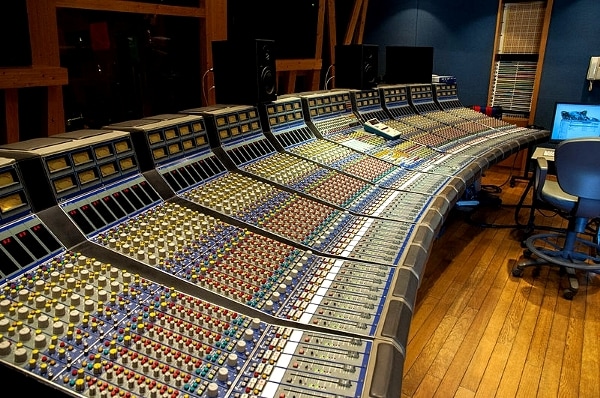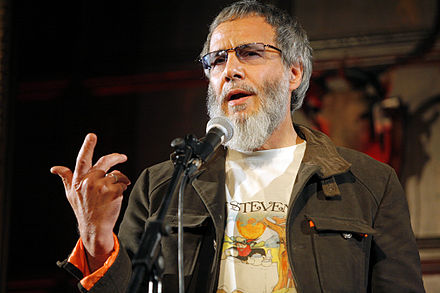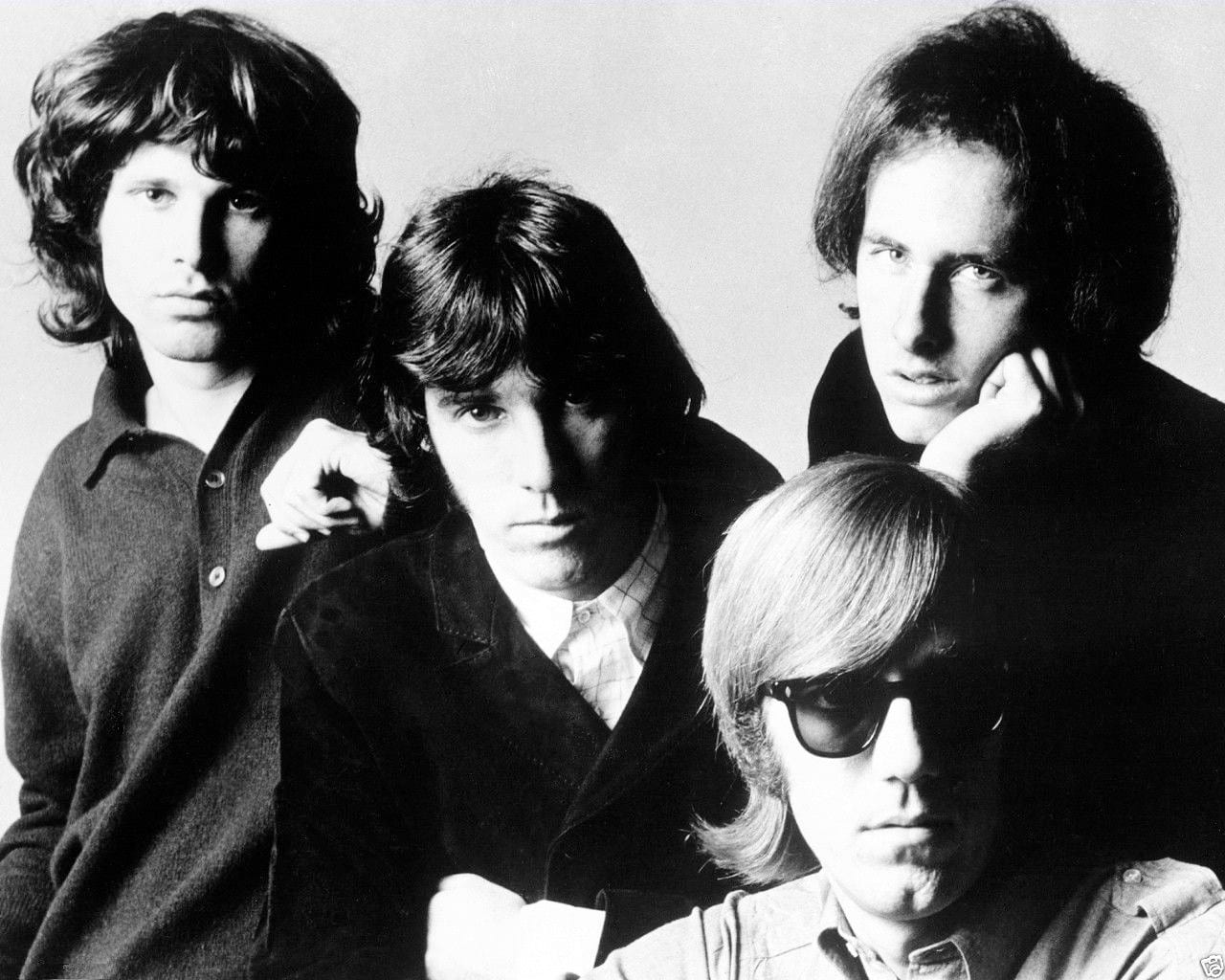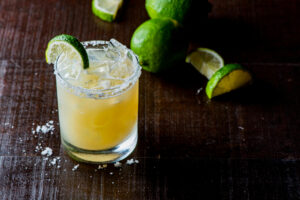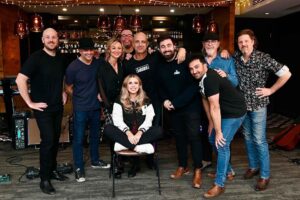Standard wisdom is that Elvis Presley had the most Top 10 hits at 38. The Beatles had the most Number 1 Hits at 20.
But Hal Blaine had 150 Top 10 Songs on the US Charts, 40 Number 1 Hits, 36,000 total recordings, and 6,000 singles.
So who the hell is Hal Blaine? He was one of the studio drummers of The Wrecking Crew – and he was the one that gave them their name.
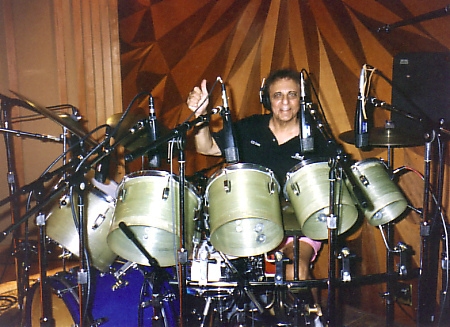
When we watched the Beatles, this is what we saw – four guys, two playing guitars, one playing bass, and one on drums.
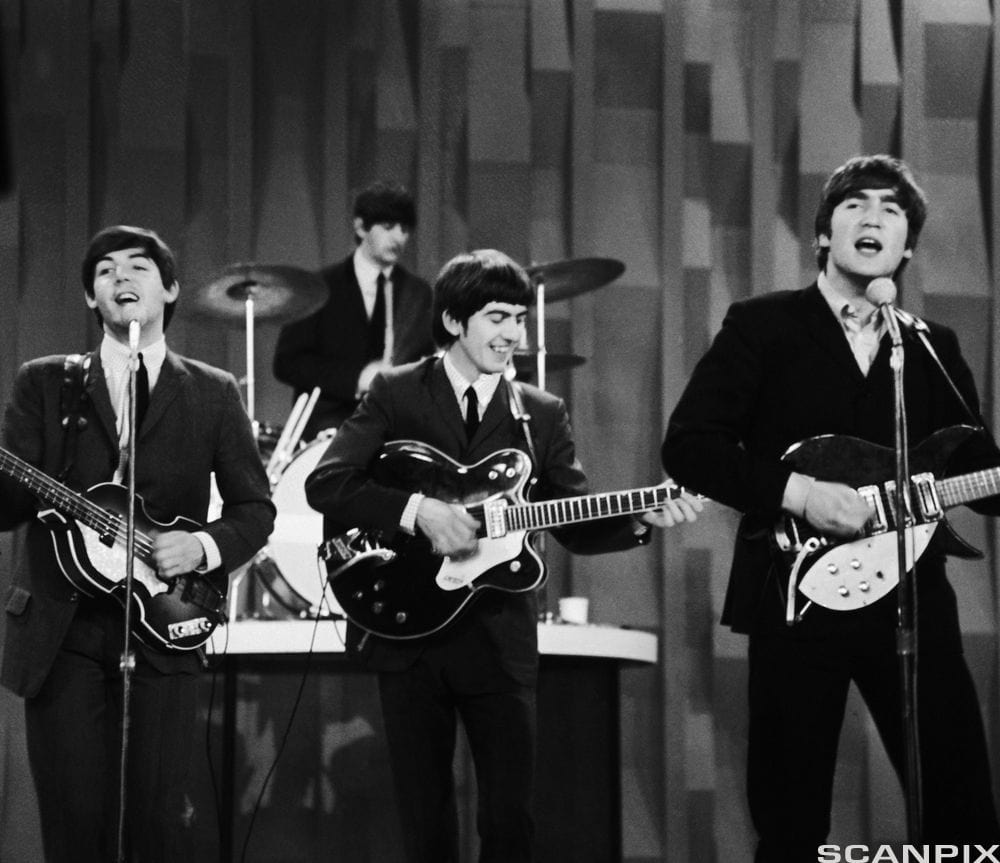
If you watched the Beach Boys, you typically saw five guys, two playing guitar, one playing bass, one on drums, and one ready to sing.
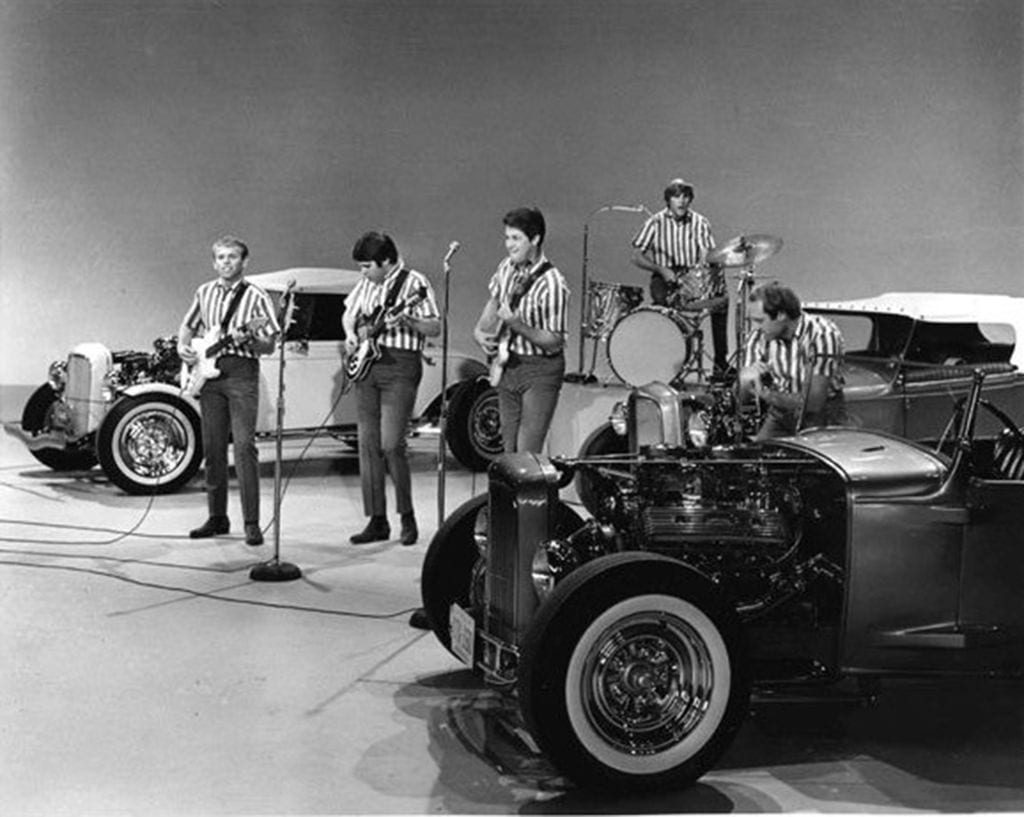
But when the song was recorded, here is what was likely going on – The Wrecking Crew at work.
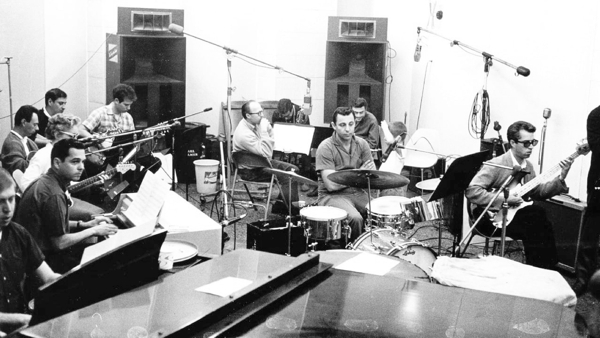
Table of Contents
ToggleIn my research, I’ve found 24 other listed performers that played on the Beatles’ songs.
There were doubtlessly many more on their multitude of recordings. For the Beach Boys, I’ve found a whopping 93 performers who played on their songs and there were likely many more.
In some cases, the band wasn’t even there for the recording. When The Stone Ponies featuring Linda Ronstadt recorded their breakthrough song, Different Drum, Linda Ronstadt was the only one of the group in the studio. Everyone else was a studio musician.
Every recording region had their own studio musicians. The Wrecking Crew and The Ron Hinklin Singers were based in Los Angeles. The Nashville A-Team, The Memphis Boys, The Jordanaires, The Memphis Horns, and Booker T. and the M. G.’s were in Tennessee. The Muscle Shoals Rhythm Section was in Alabama. The Funk Brothers and The Andantes were in Detroit. MFSB was in Philadelphia. Some of the performers were “members” of multiple studio groups. There were many more similar groups across the country and around the world that provided the music behind the songs.
There was also a lot of cross band collaborations where someone “dropped in” for a recording session.
You’ll find George Harrison credited on James Taylor’s songs and others. Glen Campbell was a one time member of the Wrecking Crew, before he found individual fame, but he also “helped out” later on songs for Ricky Nelson, Simon and Garfunkel, The Beach Boys, The Hondells, and others. At one point he was a formal member of the Beach Boys, as was Daryl Dragon, the “Captain” part of Captain and Tennille. If you read album notes, you’ll see things such as “Thanks Chicago for the Horns,” “Backing Harmony by Three Dog Night,” and in the songwriting and producing credits, you’ll find Brian Wilson all over the place.
One of the least known to the public, but best known in the business was Nicky Hopkins. He was never much for touring, but he was the first person bands turned to for piano and keyboards in the studio. He was a back up musician for The Beatles, The Rolling Stones, The Who, The Kinks, Rod Stewart, Joe Cocker, Jefferson Airplane, Jerry Garcia, Willie Nelson and even Ella Fitzgerald, just to name a few. When it came to rock keyboardists, there was Nicky Hopkins and then there everyone else.
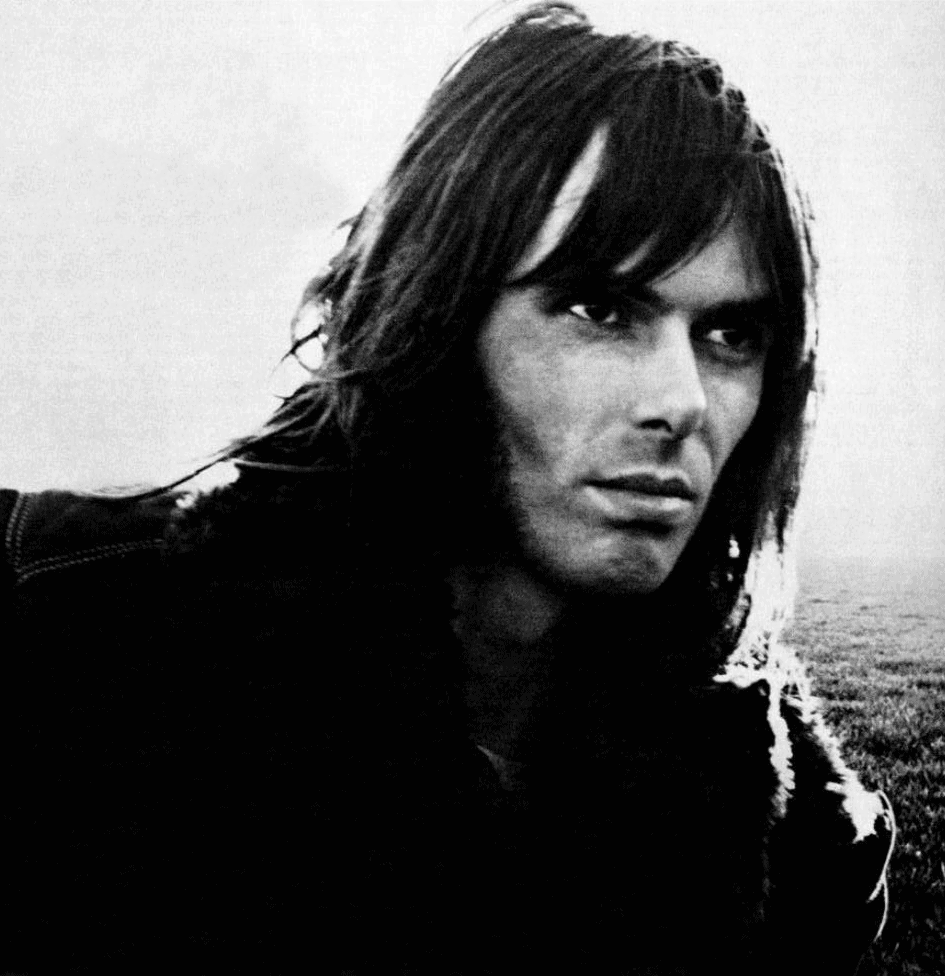
Studio time was and is very expensive. You’ve got to get in and get out as quickly as possible. First call studio musicians might work four recording sessions at four different studios all in one day. Think about that for a moment – you walk in to record a song that no one has ever heard before. You’ve got to play it not only perfectly the first time, you’ve got to make it fit stylistically with all the other musicians playing the song for the first time. You’ve got to not only make up something on the fly, but it’s got to be good, unique, and work together with the rest of the song. Difficult and intimidating doesn’t begin to describe the task, but yet the real pros do it all day long, day after day. They get paid for the session and maybe get their names on the liner notes. No one ever said the music business is easy.
Some of the musicians were at times part of the touring group for a band.
Sometimes there might be twenty people playing on stage. And – sometimes there were people behind the curtains playing along with the core band out front. There were some cases where there wasn’t really a band at all. The Hondells of Little Honda fame were some of the Wrecking Crew that recorded the song. When it became a hit, the studio assembled some other folks to go on tour. There was even an elaborate back story of the fictional band. Glen Campbell was one of the “recording” Hondells.
Once all the music is played and recorded, now the sound engineer(s) and producer take over to mix it down into the final version. From my own experience, those raw tapes typically sound like crap. Some parts might get redone, sometimes additional tracks are overdubbed onto the original tracks. All of it gets mixed and balanced together by the “magic ears” of the folks on the mixing console. Eventually, a master tape is finalized into the sound you actually hear.
So – when you listen to a song or attend a concert, take a moment and give a silent nod of thanks to all the people back behind the scenes that you’ve never heard of that helped make it all possible.


